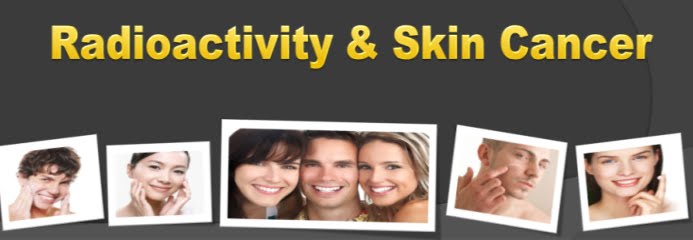There are some easy options for sun protection as recommended by Centers for Disease Control (CDC):
1) Seek shade, especially during midday hours
2) Wear clothing to protect exposed skin
3) Wear a hat with a wide brim to shade the upper body parts
4) Wear sunglasses that wrap around and block as close to 100% of both UVA and UVB rays as possible
5) Use sunscreen with protective factor (SPF) 15 or higher, and both UVA and UVB protection

Diagram: Tips on protection against sunlight. (Erwin. 2010)
Most sunscreens work by absorbing, reflecting, or scattering sunlight. Since the advent of modern sunscreens, a sunscreen’s effectiveness in blocking UV rays has been measured by its sun protection factor (SPF). It indicates how long it will take for UVB rays to redden skin when using a sunscreen, compared to how long skin would take to redden without the sunscreen. An SPF 15 sunscreen screens 93 percent of the sun’s UVB rays; SPF 30 protects against 97 percent; and SPF 50 screens against 98 percent. As maintained by the Skin Cancer Foundation, SPFs of 15 or higher are necessary for adequate protection from UVA and UVB since both of these rays are relatively harmful.






